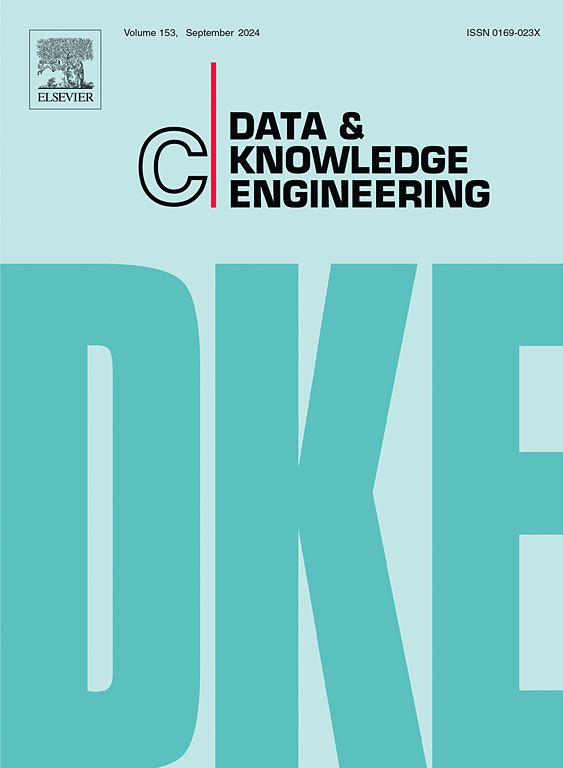CredBERT: Credibility-aware BERT model for fake news detection
IF 2.7
3区 计算机科学
Q3 COMPUTER SCIENCE, ARTIFICIAL INTELLIGENCE
引用次数: 0
Abstract
The spread of fake news on social media poses significant challenges, especially in distinguishing credible sources from unreliable ones. Existing methods primarily rely on text analysis, often neglecting user credibility, a key factor in enhancing detection accuracy. To address this, we propose CredBERT, a framework that combines credibility scores derived from user interactions and domain expertise with BERT-based text embeddings. CredBERT employs a multi-classifier ensemble, integrating Multi-Layer Perceptron (MLP), Convolutional Neural Networks (CNN), BiLSTM, Logistic Regression, and k-Nearest Neighbors, with predictions aggregated using majority voting, ensuring robust performance across both balanced and imbalanced class datasets. This approach effectively merges user credibility with content-based features, improving prediction accuracy and reducing biases. Compared to state-of-the art baselines FakeBERT and BiLSTM, CredBERT achieves 6.45% and 4.21% higher accuracy, respectively. By evaluating user credibility and content features, our model not only enhances fake news detection but also contributes to mitigating misinformation by identifying unreliable sources.
用于假新闻检测的可信度感知BERT模型
假新闻在社交媒体上的传播带来了重大挑战,尤其是在区分可靠消息来源和不可靠消息来源方面。现有的方法主要依赖于文本分析,往往忽略了用户可信度,而用户可信度是提高检测精度的关键因素。为了解决这个问题,我们提出了一个框架CredBERT,它将来自用户交互和领域专业知识的可信度评分与基于bert的文本嵌入相结合。CredBERT采用多分类器集成,集成多层感知器(MLP)、卷积神经网络(CNN)、BiLSTM、逻辑回归和k近邻,并使用多数投票聚合预测,确保平衡和不平衡类数据集的稳健性能。这种方法有效地将用户可信度与基于内容的特征相结合,提高了预测的准确性并减少了偏差。与最先进的基线FakeBERT和BiLSTM相比,CredBERT的准确率分别提高了6.45%和4.21%。通过评估用户可信度和内容特征,我们的模型不仅增强了假新闻检测,而且通过识别不可靠的来源有助于减轻错误信息。
本文章由计算机程序翻译,如有差异,请以英文原文为准。
求助全文
约1分钟内获得全文
求助全文
来源期刊

Data & Knowledge Engineering
工程技术-计算机:人工智能
CiteScore
5.00
自引率
0.00%
发文量
66
审稿时长
6 months
期刊介绍:
Data & Knowledge Engineering (DKE) stimulates the exchange of ideas and interaction between these two related fields of interest. DKE reaches a world-wide audience of researchers, designers, managers and users. The major aim of the journal is to identify, investigate and analyze the underlying principles in the design and effective use of these systems.
 求助内容:
求助内容: 应助结果提醒方式:
应助结果提醒方式:


